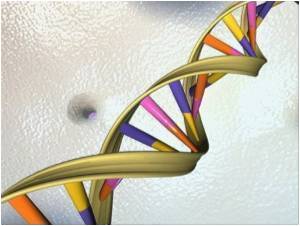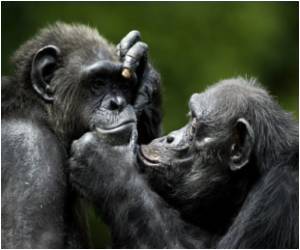
"When we looked for genetic clues pointing to other, more ancient, examples of balancing selection, we found strong evidence for at least six such regions and weaker evidence for another 119-many more than we expected," said study author Molly Przeworski, PhD, professor of human genetics and of ecology and evolution at the University of Chicago.
"We don't yet know what their functions are," she said. None of the six regions codes for a protein. There are clues that they are involved in host-pathogen interactions, "but which pathogens, what immune processes," she said, "we don't know."
The researchers used genetic data from 10 chimpanzees from Western Africa and 59 humans from sub-Saharan Africa who were part of the 1,000 Genomes Project.
The scientists looked for cases in which genetic variations that arose in the ancestor of humans and chimpanzees have been maintained through both lines. The fact that variation in these regions of the genome has persisted for so long argues that they "must have been functionally important over evolutionary time," said Ellen Leffler, a graduate student in Przeworski's laboratory and first author of the study.
The researchers, from the University of Chicago and Oxford University, designed the study to be very conservative.
Advertisement
The oldest and best known example of balanced polymorphism shared between humans and chimpanzees is the major histocompatibility complex (MHC), a group of genes that help the immune system distinguish between the body and potential invaders, such as bacteria or viruses.
Advertisement
Fighting off pathogens is more dynamic, a constant arms race. Balancing selection may have enabled humans and chimps to retain multiple lines of defense that can be called on when a pathogen evolves new weapons.
"Our results imply that dynamic co-evolution of human hosts and their pathogens has played an important role in shaping human variation. This highlights the importance of a different kind of selection pressure in human evolution," Przeworski concluded.
The finding has been published in the journal Science.
Source-ANI










